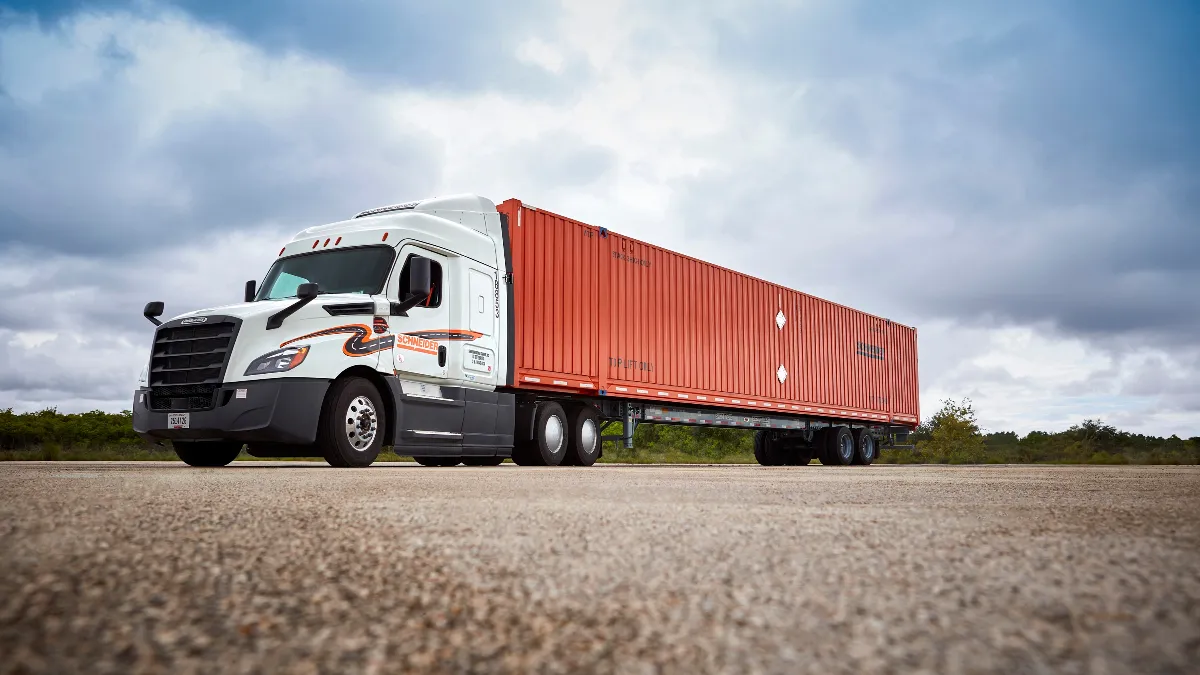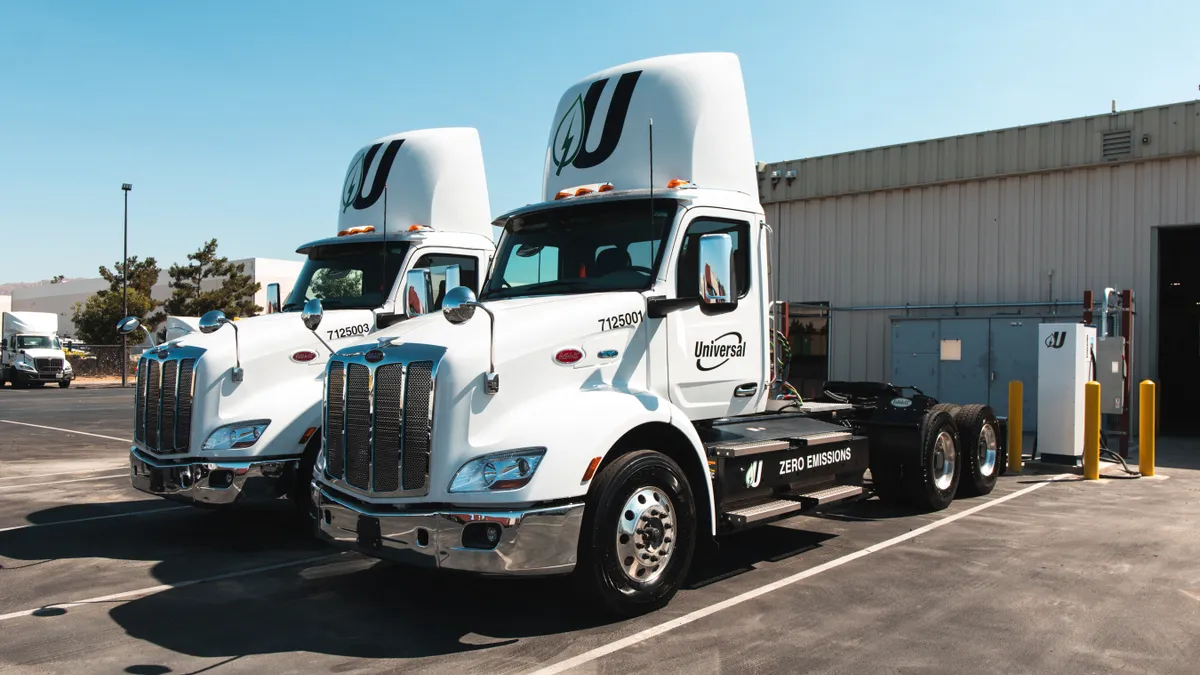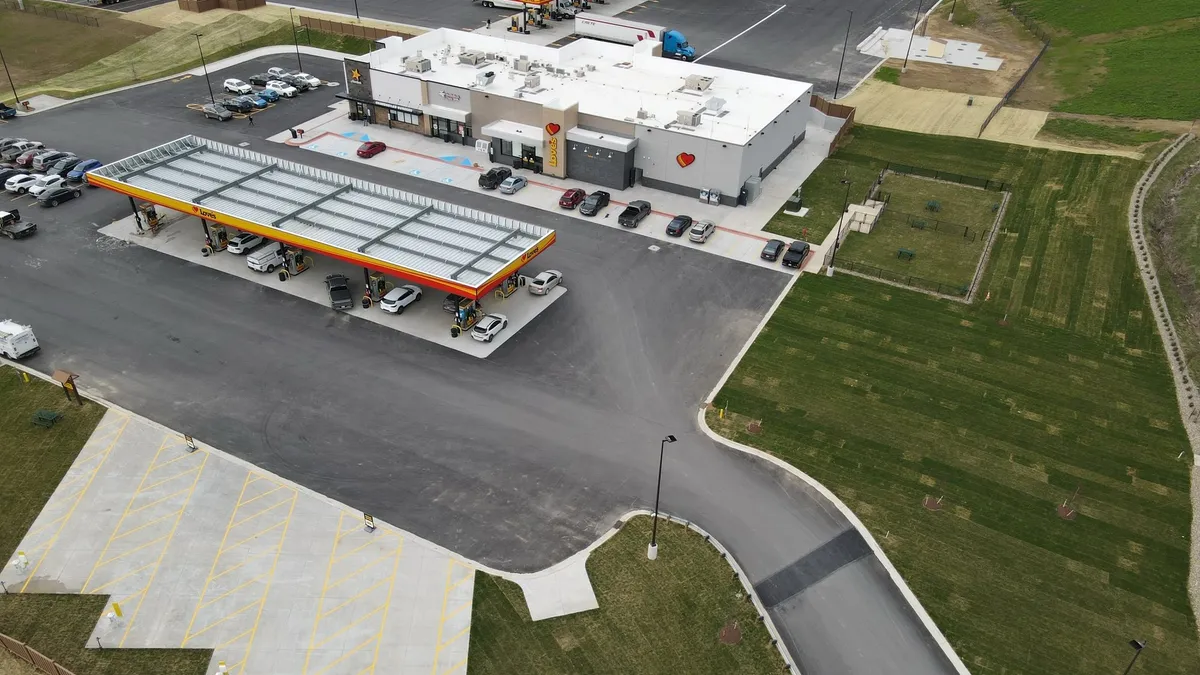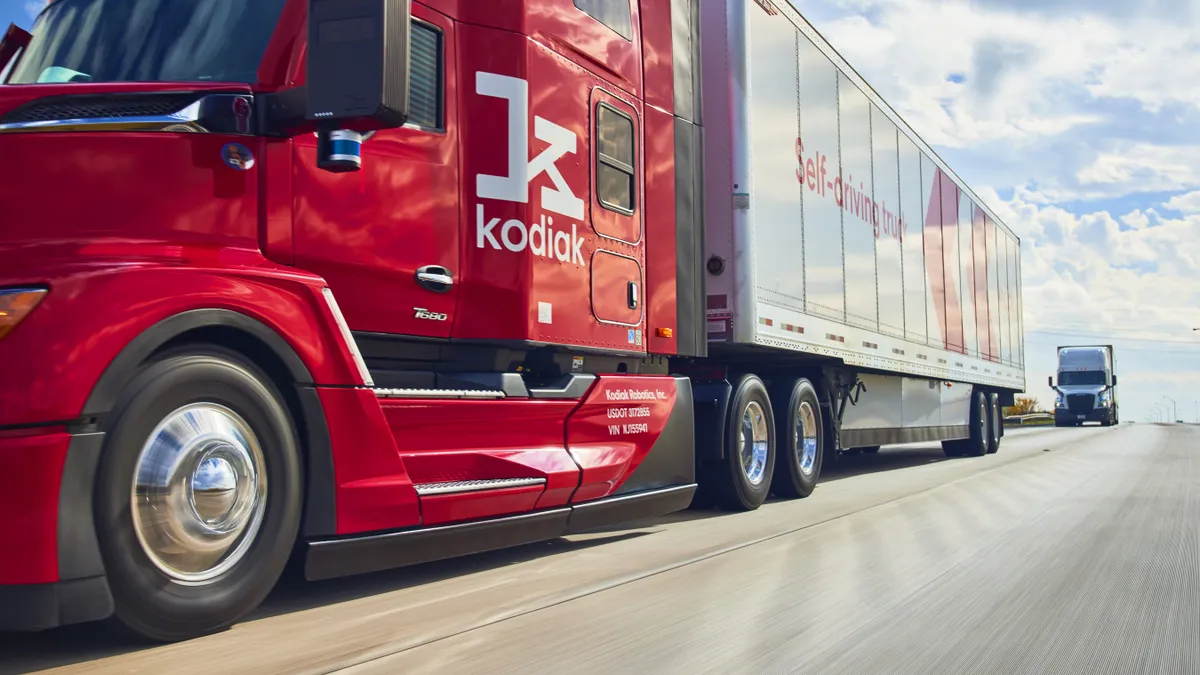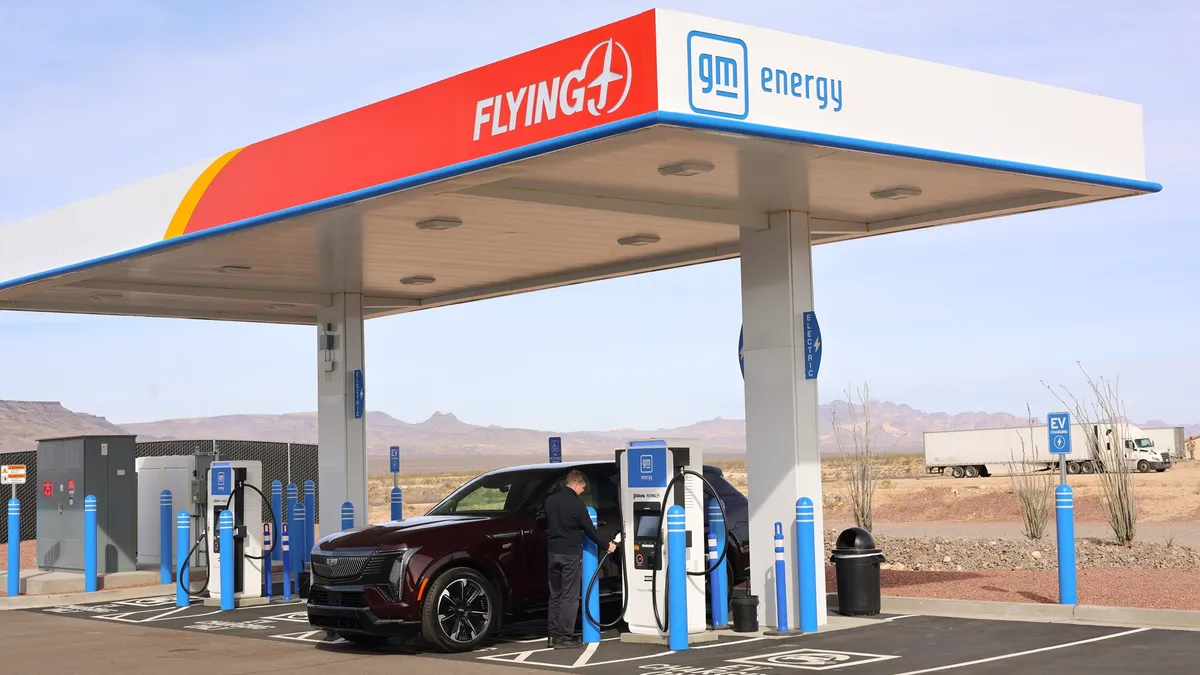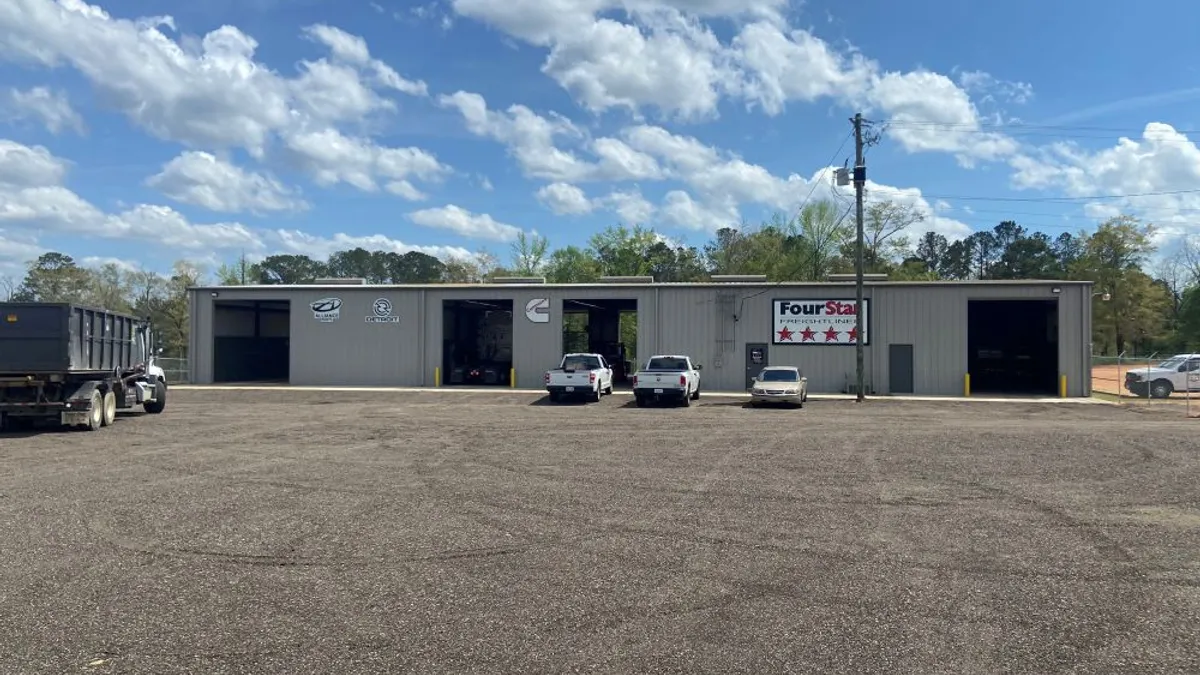As the pressure mounts to incorporate sustainability into operations, it becomes tougher for transport companies to stand out with their green efforts. Still, each approaches the issue with its unique spin, in hopes of differentiating and pulling away from the competition.
In that vein, Schneider recently laid out a multi-pronged plan to address corporate environmental, social and governance objectives.
One part of the company’s equation is announcing a commitment to doubling its intermodal size by 2030, "reducing carbon emissions by an additional 700 million pounds per year," according to the announcement.
With multiple options for improving carbon footprints, where does intermodal fall as an effective strategy? Matt McDonnell, managing director for U.S. consulting at Strategen, said he can see its promise.
"It has the potential to help," he said. "But, like most changes, the devil is in the details."
Why intermodal?
Jim Filter, senior vice president and general manager of intermodal chief commercial officer for Schneider, explained to Transport Dive why the company selected this as part of its overall approach to sustainability.
"If you’re using intermodal, that’s about a third of the carbon output of [using trucking] only," he said. "So, if you want to make a big impact on the environment, that’s the place to do it."
Intermodal's potential as an integral piece of transportation companies' environmental strategies is growing. One reason it's so impactful, Filter said, is that rail has become much more efficient in recent years.
"These days, one locomotive can pull a lot of units," he said.
"If you want to make a big impact on the environment, [intermodal is] the place to do it."

Jim Filter
Senior Vice President and General Manager of Intermodal, and Chief Commercial Officer, at Schneider
Part of an analysis on efficiencies, conducted by the Association of American Railroads, found a similar conclusion. On average, it said, freight railroads now move one ton of freight more than 470 miles per gallon of fuel. In addition, it claims that if 25% of truck traffic moving at least 750 miles went by rail instead, annual greenhouse gas emissions would fall by approximately 13.1 million tons.
And today’s sophisticated locomotives use "hundreds of sensors to produce data that help railroads prioritize maintenance, minimize the impact of poor locomotive performance and emit fewer emissions," according to the report.
For its part, the Environmental Protection Agency's SmartWay program actively encourages intermodal logistics.
Shippers, carriers and other stakeholders can become SmartWay partners by joining and using its tools. Companies in the program that go beyond the basic benchmarks can be recognized for doing so with an Excellence Award.
Schneider, ABF Freight, Heartland Express and J.B. Hunt were among the 2020 awardees. Schneider claims to be "the first truckload/intermodal carrier in the partnership."
"By using intermodal, we can switch to lightweight chassis, which leads to fewer shipments."

Jim Filter
Senior Vice President and General Manager of Intermodal, and Chief Commercial Officer, at Schneider
Bolstering intermodal models offers up the opportunity to reduce emissions, maybe in unexpected ways, said McDonnell.
"Ostensibly, if you leverage intermodal to create regional hub and spoke models that lead to shorter truck runs, there’s great opportunity to also work on alternate fueling infrastructure," he said.
McDonnell, too, acknowledged this potential.
"With more targeted transport hubs, you could set up hydrogen fuel and battery charging stations," he explained, "which could more quickly and deeply facilitate decarbonization of this sector."
Intermodal hubs are natural homes for charging stations, as electric trucks can charge after they return to the designated location at the end of the day, said Filter — and there are other benefits.
"By using intermodal, we can switch to lightweight chassis, which leads to fewer shipments," he said. "We can also use smaller vehicles, which produce fewer emissions."
Potential pitfalls
The EPA estimates that a train can haul the equivalent of approximately 280 truckloads. In addition, the relative energy efficiency of rail is estimated at 1.5 to five times that of trucking, and the ratio for greenhouse gas emissions is similar.
Railroads have been pursuing a bigger market share for years, by aiming to shrink what trucking currently owns. The ability to offer greener services is one tactic in use.
"Sustainability resonates with our customers and the markets we serve and will be an important aspect of the continuing growth story across our truck-competitive segments as we leverage our commitment to sustainability," Norfolk Southern Chief Marketing Officer Alan Shaw told analysts last year.
But not all types of freight easily translate between road and rail. Plus, trains are slower than trucks; speed and visibility have traditionally given trucking the upper hand, when competing for customers. In today’s "I want it now" delivery mindset, that could potentially be a downside for intermodal offerings.
"It’s going to be an interesting few years in this space."

Matt McDonnell
Managing Director for U.S. Consulting at Strategen
"It’s hard to say if that’s a tradeoff, from my perspective," admitted McConnell. "But what we’re beginning to see are predictive analytics that allow supply chains to operate in an anticipatory manner. Where there might be a lag in the rail side of transit, there are other areas where companies can squeeze efficiencies out so that the customer experience remains the same."
Demand for more sustainable supply chains has been gaining momentum. Intermodal has found a solid role in meeting these demands.
But the approaches transport firms take to go greener vary. Because of that, "the calculus must be on a case-by-case basis," said McConnell. "It’s going to be an interesting few years in this space."
This article was updated to correctly identify the Association of American Railroads.


